Home>Garden Essentials>How Long Does It Take For Persimmon Seeds To Sprout
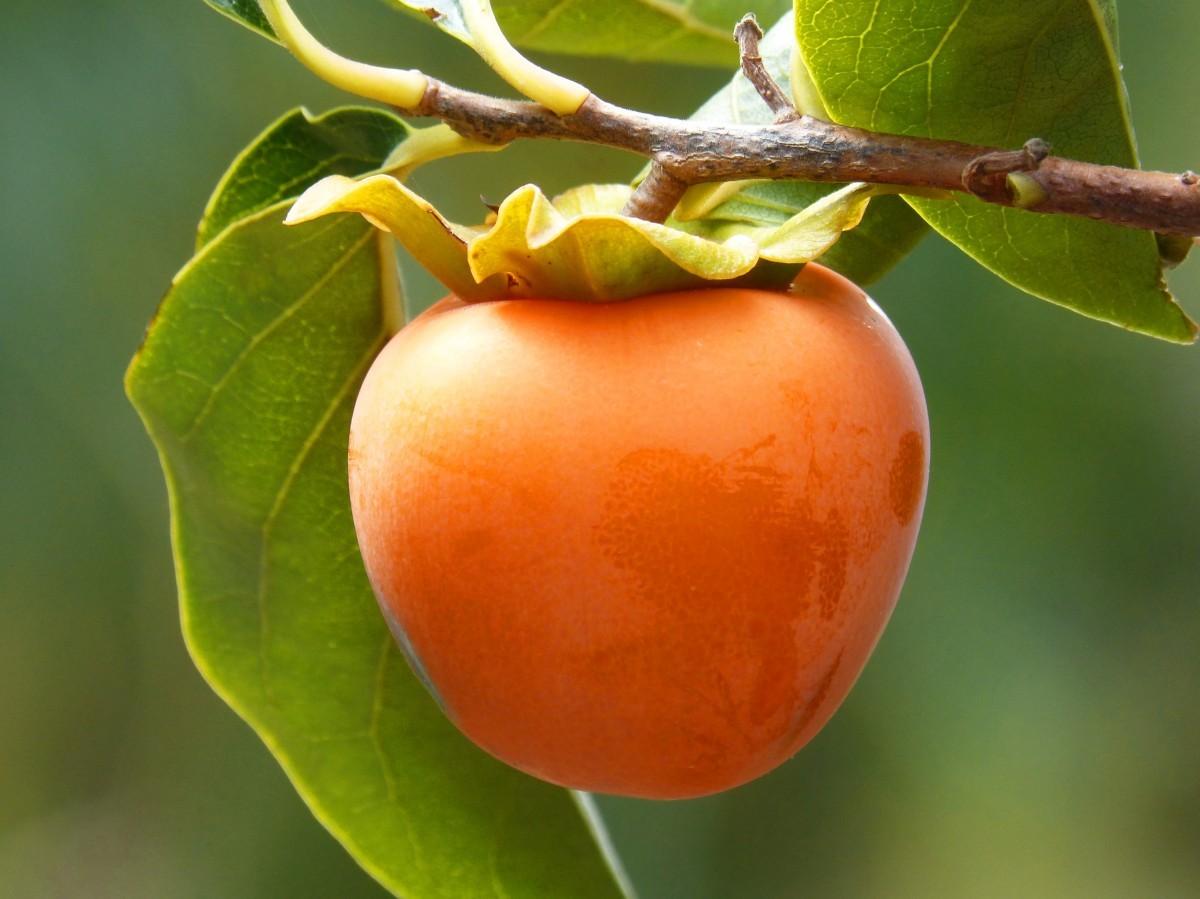

Garden Essentials
How Long Does It Take For Persimmon Seeds To Sprout
Modified: March 24, 2024
Learn how long it takes for persimmon seeds to sprout in your garden and start growing delicious fruits. Discover the secrets to successful germination and nurturing.
(Many of the links in this article redirect to a specific reviewed product. Your purchase of these products through affiliate links helps to generate commission for Storables.com, at no extra cost. Learn more)
Introduction
Gardening enthusiasts and fruit lovers often find joy in growing their own plants from seeds. One such fruit that piques the interest of many is the persimmon. With its sweet and flavorful taste, the persimmon is a favorite among many gardeners.
But before you can enjoy the succulent fruits, you must first understand the germination process of persimmon seeds. How long does it take for persimmon seeds to sprout? What factors influence their germination? In this article, we will explore these questions and provide you with useful information on successfully sprouting persimmon seeds.
Let’s delve into the world of persimmon seeds and discover the secrets to growing these delightful fruit trees in your very own garden.
Key Takeaways:
- Persimmon seeds require specific conditions like temperature, moisture, and scarification to sprout. Fresh seeds have the best chance of germination, taking 2 to 8 weeks on average.
- To promote persimmon seed sprouting, try scarification, stratification, pre-soaking, and providing optimal temperature and moisture. Patience and observation are key to successfully growing persimmon trees.
Read more: How Long Does A Seed Take To Sprout
Understanding Persimmon Seeds
To understand the germination process of persimmon seeds, we must first take a closer look at the seeds themselves. Persimmon seeds are small, usually about the size of a pea, and have a hard outer shell. Inside the seed, there is an embryo, which is the tiny plant that will eventually grow into a full-sized tree.
One unique characteristic of persimmon seeds is their viability period. Freshly harvested seeds have the highest chance of successfully sprouting, with some experts suggesting that the viability period can extend up to six months. As time passes, the viability of the seeds decreases, making it more challenging for them to germinate.
Another important aspect to consider is the persimmon seed’s dormancy period. Persimmon seeds have a natural dormancy period, which is a physiological state that prevents the seed from germinating immediately after harvest. This dormancy period allows the seed to survive adverse environmental conditions until the time is right for germination.
Persimmon seeds require specific conditions to break their dormancy and initiate the germination process. Understanding these conditions is crucial to successfully sprout persimmon seeds in your garden.
Factors Affecting Persimmon Seed Germination
Several factors can influence the germination of persimmon seeds. It is important to carefully consider these factors to provide the optimal conditions for successful sprouting. Here are some key factors that can affect persimmon seed germination:
1. Temperature: Persimmon seeds require a specific temperature range to break their dormancy and initiate germination. The ideal temperature range for germination is between 70°F (21°C) and 85°F (29°C). Extreme heat or cold can inhibit the germination process.
2. Moisture: Adequate moisture is essential for persimmon seed germination. The seeds should be planted in a moist growing medium and kept consistently moist but not overly saturated. Proper moisture allows the seed to absorb water and begin the germination process.
3. Light: Unlike some seeds, persimmon seeds do not require light to germinate. In fact, they prefer to germinate in the dark. It is important to provide a dark and warm environment for the seed to sprout successfully.
4. Scarification: Scarification is a process of breaking or weakening the hard outer shell of the seed, which can enhance germination. Persimmon seeds have a hard coat, and scarification can be done through various methods like nicking the seed coat with a knife or rubbing them with sandpaper. This process helps water penetrate the seed and promotes quicker germination.
5. Stratification: Stratification is a method that mimics the natural winter conditions necessary for some seeds to germinate. Persimmon seeds can benefit from undergoing a period of cold stratification before planting. This can be achieved by placing the seeds in a sealed bag with a moist growing medium and refrigerating them for several weeks.
By considering these factors and providing the necessary conditions, you can increase the chances of persimmon seed germination and successfully grow your own persimmon tree in the garden.
To sprout persimmon seeds, it can take anywhere from 3 weeks to 3 months. Keep the seeds moist and warm, and be patient as they may take some time to germinate.
Germination Time of Persimmon Seeds
The germination time of persimmon seeds can vary depending on various factors, including seed quality, environmental conditions, and the specific variety of persimmon. On average, persimmon seeds take anywhere from 2 to 8 weeks to sprout, but it can sometimes take even longer.
It is important to note that persimmon seeds have a naturally high level of dormancy, which can prolong the germination process. Seeds that have not been scarified or subjected to stratification may take longer to germinate compared to those that have undergone these methods.
The temperature plays a significant role in determining the germination time of persimmon seeds. With the optimal temperature range of 70°F (21°C) to 85°F (29°C), you can expect faster germination compared to seeds exposed to extreme cold or heat.
Another factor that can affect germination time is seed freshness. Freshly harvested seeds have the highest chances of sprouting successfully and in a shorter period. As the seeds age, their viability decreases, and it may take longer for them to break their dormancy and start germinating.
Once the seeds have germinated, they will start to grow into small seedlings. It is important to provide a suitable growing environment with ample sunlight, proper watering, and well-draining soil to support the growth of the seedlings.
While waiting for the persimmon seeds to germinate, it is essential to keep the growing medium consistently moist. Avoid overwatering, as excessive moisture can lead to the development of mold or rot. Regularly check the moisture level and adjust accordingly to create the ideal conditions for sprouting.
Patience is key when it comes to germinating persimmon seeds. It is recommended to check for signs of germination regularly, such as the emergence of a small root or growth from the seed coat. Once the seeds have successfully sprouted, continue to care for the seedlings and provide them with proper nurturing to ensure healthy growth.
By understanding the typical germination time and providing the optimal conditions, you can increase the chances of your persimmon seeds sprouting and growing into thriving persimmon trees.
Methods to Promote Persimmon Seed Sprouting
If you’re eager to see your persimmon seeds sprout and grow into healthy trees, there are several methods you can employ to increase the chances of successful sprouting. Here are some effective techniques to promote persimmon seed sprouting:
1. Scarification: As mentioned earlier, scarification is the process of breaking or weakening the hard outer shell of the seed. This can be done by gently nicking the seed coat with a knife or rubbing the seed with sandpaper. Scarification helps water penetrate the seed more easily, allowing for quicker and more successful germination. Be careful not to damage the inner embryo while scarifying.
2. Stratification: Persimmon seeds have a natural dormancy period that can be broken by subjecting them to a period of cold stratification. This mimics the natural winter conditions that seeds experience before germination. To stratify persimmon seeds, place them in a sealed plastic bag with a moist growing medium, such as peat moss or vermiculite. Store the bag in the refrigerator for 3-4 weeks. Check the moisture levels periodically and ensure the seeds are not getting too wet or too dry during this period.
3. Pre-soaking: Pre-soaking is another method that can help break the dormancy of persimmon seeds. Start by soaking the seeds in lukewarm water for 24-48 hours. This softens the seed coat and allows water to penetrate more easily. After soaking, remove the seeds from the water and proceed with scarification or planting.
4. Planting in a seed tray: To create an ideal environment for germination, plant the pre-treated persimmon seeds in a seed tray or pots filled with a well-draining seed starting mix. Water the soil well, ensuring it remains consistently moist but not waterlogged.
5. Providing proper temperature and moisture: Place the seed tray or pots in a warm location with a consistent temperature of around 70°F (21°C) to 85°F (29°C). Adequate warmth is crucial for germination. Additionally, maintain the moisture levels by regularly misting or watering the soil. It’s important not to let the soil dry out but also avoid overwatering, as excessive moisture can lead to fungal issues.
6. Patience and observation: After following the above methods, it’s important to be patient and closely observe the seed tray or pots for signs of germination. Be prepared for the fact that not all seeds may germinate, as germination rates can vary. However, with the right conditions and care, you can increase the chances of successful persimmon seed sprouting.
By employing scarification, stratification, pre-soaking, providing the right temperature and moisture, and practicing patience, you can maximize the chances of persimmon seeds sprouting and starting their journey towards becoming vibrant persimmon trees in your garden.
Read more: How Long Does It Take Chia Seeds To Sprout
Conclusion
Growing persimmons from seeds can be a rewarding and fulfilling experience for any gardening enthusiast. By understanding the germination process of persimmon seeds and implementing the right techniques, you can increase the chances of successful sprouting and ultimately enjoy the fresh, flavorful fruits from your very own persimmon tree.
Throughout this article, we’ve explored the factors that influence persimmon seed germination, such as temperature, moisture, light, scarification, and stratification. We’ve also discussed the typical germination time of persimmon seeds and the methods you can use to promote sprouting, including scarification, stratification, pre-soaking, and providing optimal temperature and moisture conditions.
It’s important to note that even with the right techniques and conditions, not all persimmon seeds will sprout. Germination rates can vary, and some seeds may simply be non-viable. However, by following the suggested methods and being patient and observant, you can increase the likelihood of success and create the best environment for persimmon seed sprouting.
Remember to provide proper care for the seedlings once they have germinated. This includes providing ample sunlight, regular watering, and well-draining soil. As the seedlings grow, you can transplant them into larger pots or directly into the garden, ensuring they have adequate space to thrive.
With time, patience, and care, your persimmon seedlings will grow into beautiful, productive trees that bear an abundance of delicious fruits. Whether you’re a seasoned gardener or a beginner, growing persimmons from seeds is a fulfilling journey that allows you to witness the magic of nature unfold right in your own backyard.
So, embark on this exciting adventure, follow the methods outlined in this article, and soon enough, you’ll be enjoying the luscious fruits of your labor. Happy growing!
Frequently Asked Questions about How Long Does It Take For Persimmon Seeds To Sprout
Was this page helpful?
At Storables.com, we guarantee accurate and reliable information. Our content, validated by Expert Board Contributors, is crafted following stringent Editorial Policies. We're committed to providing you with well-researched, expert-backed insights for all your informational needs.
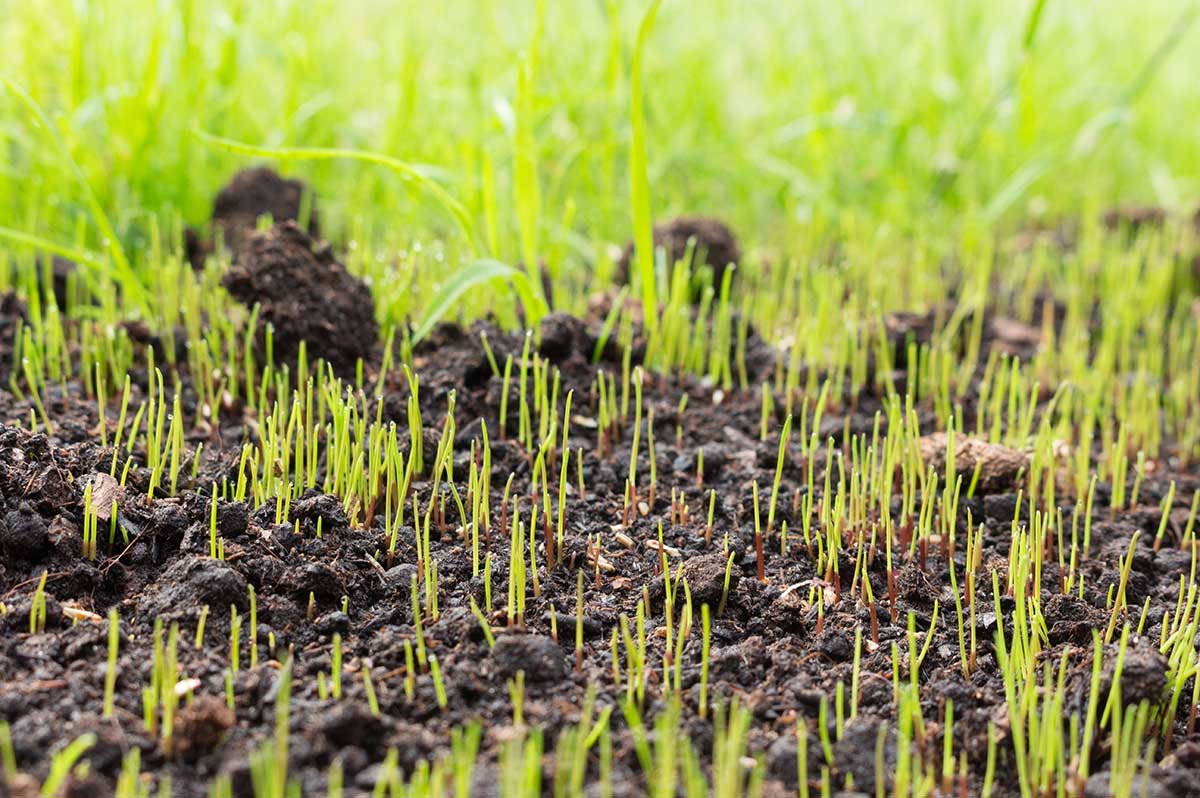
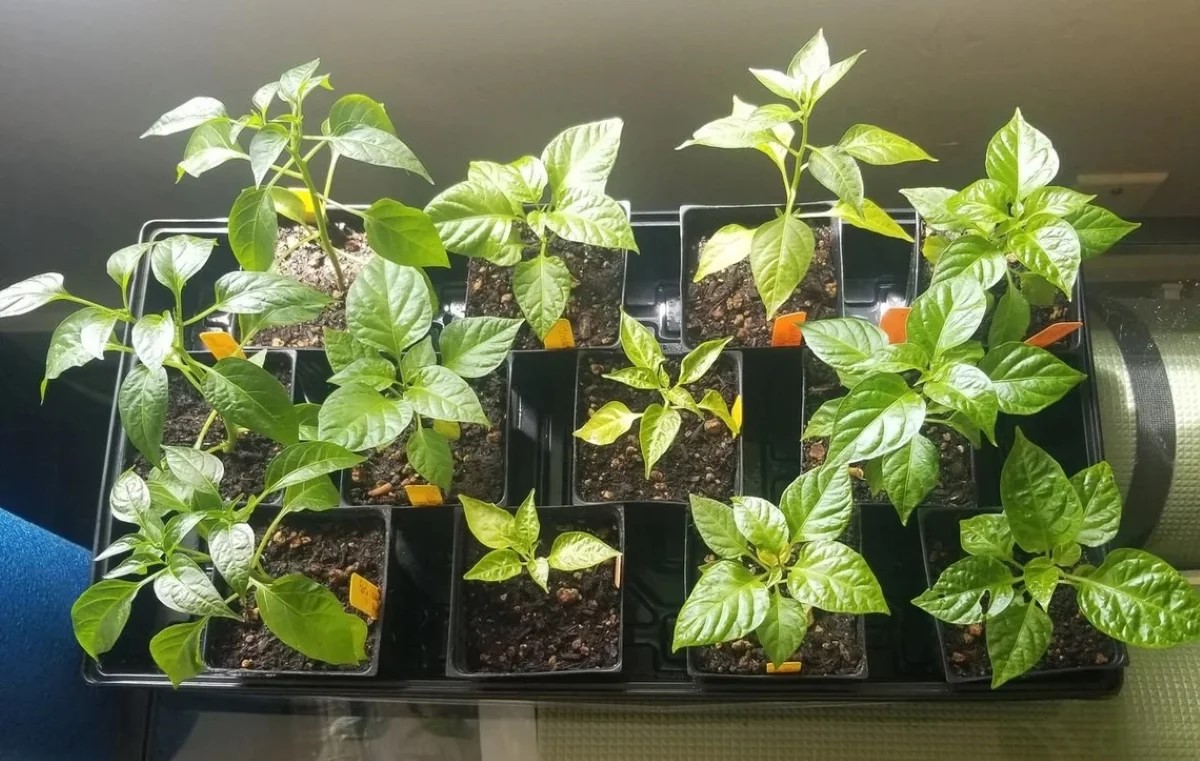
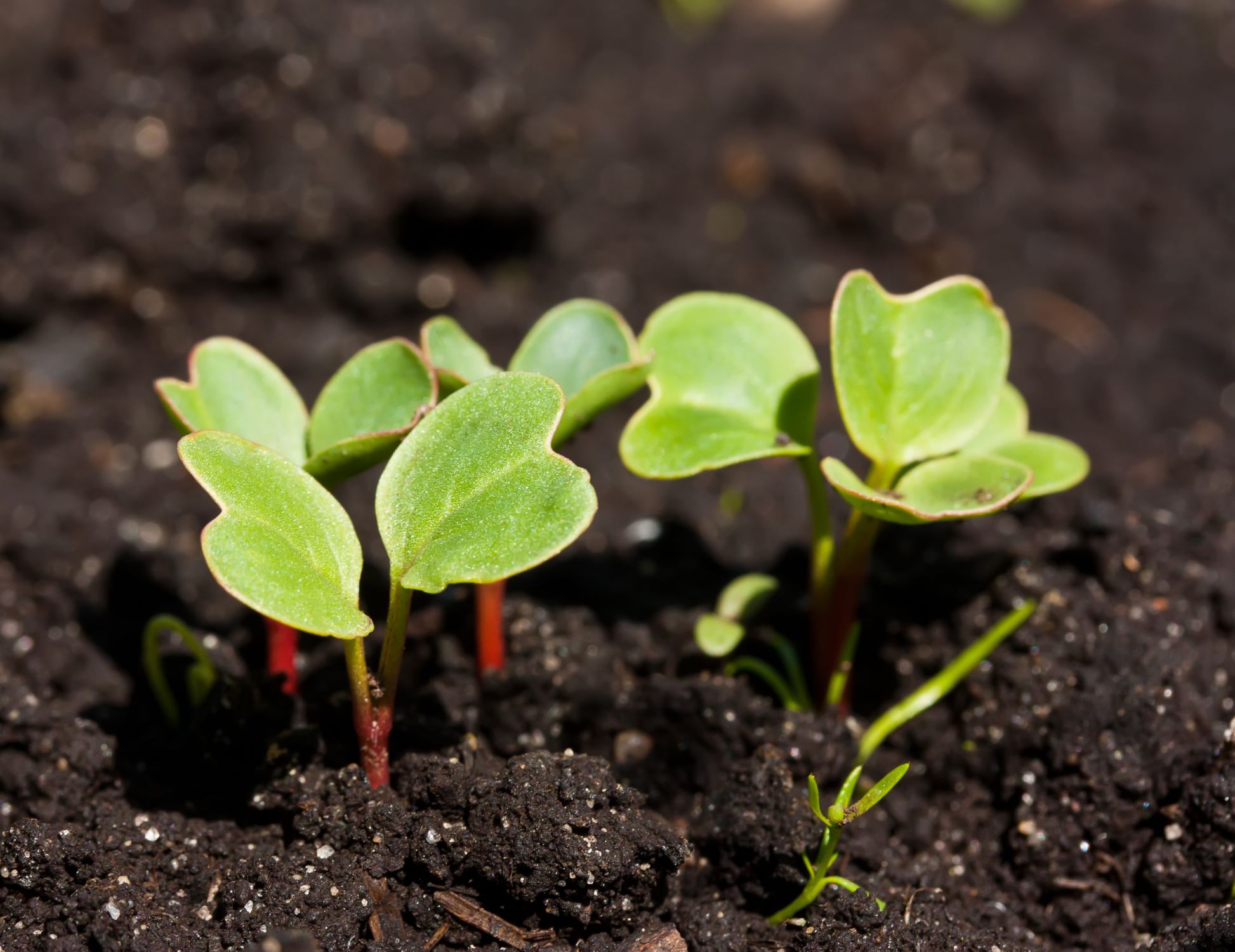
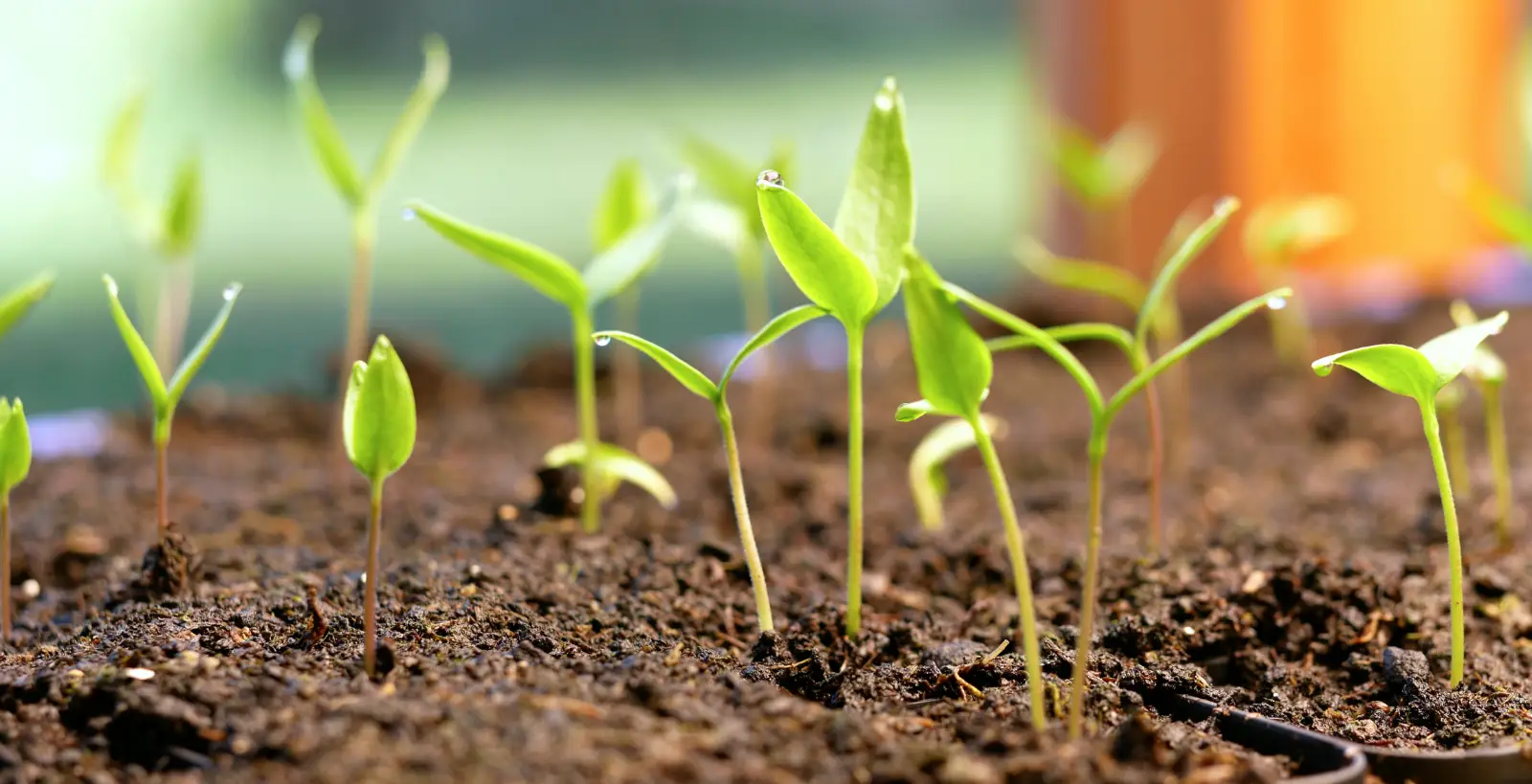
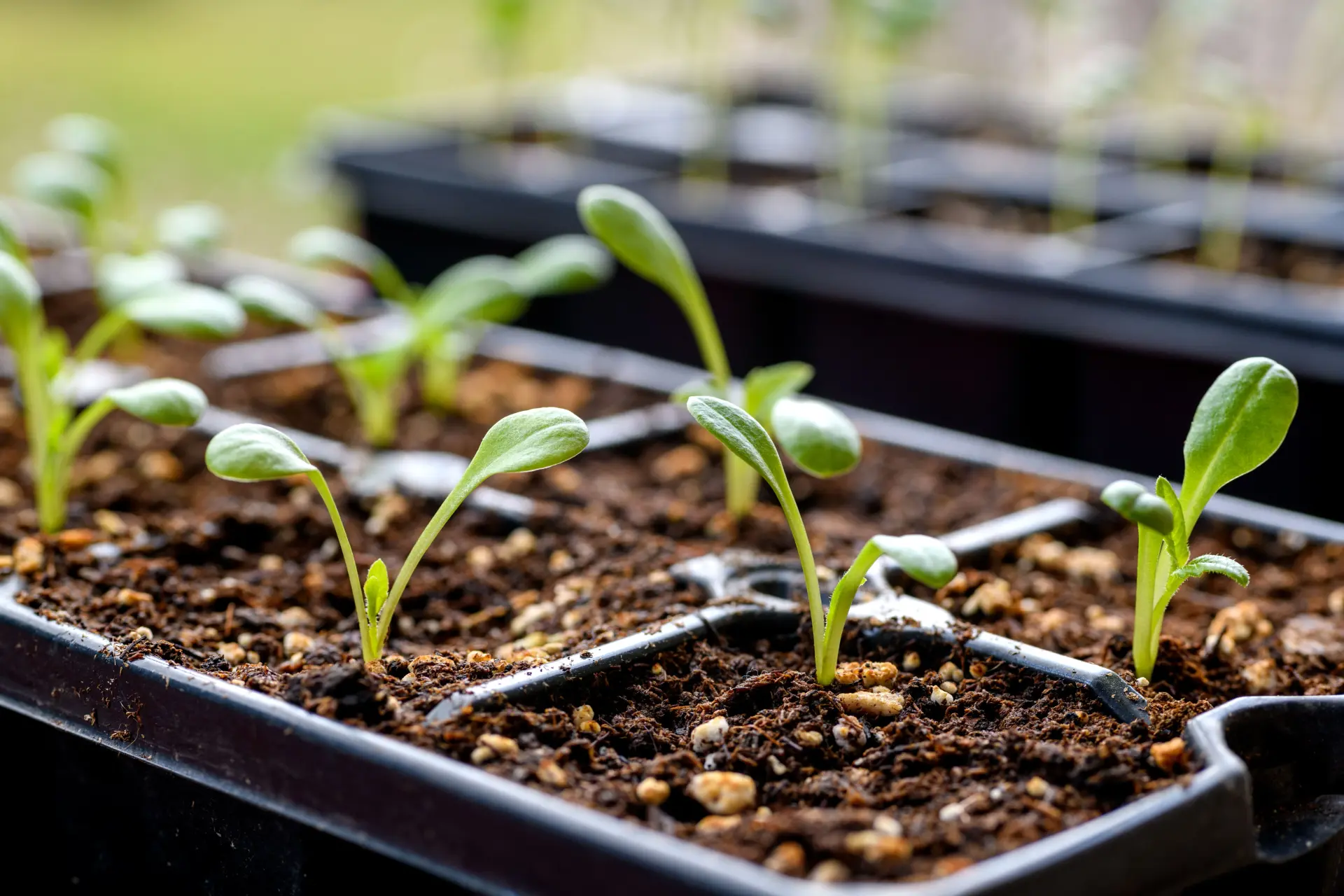
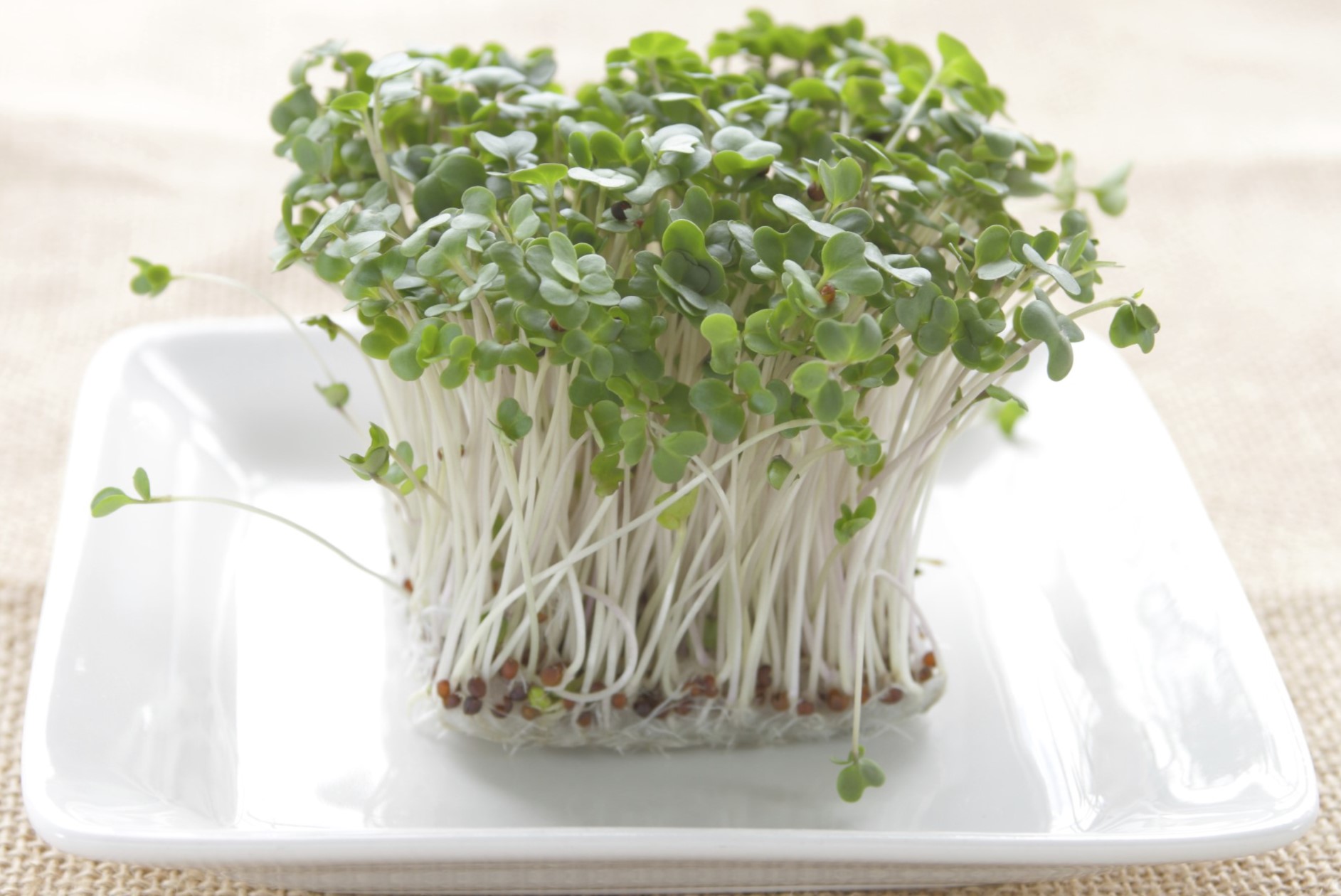
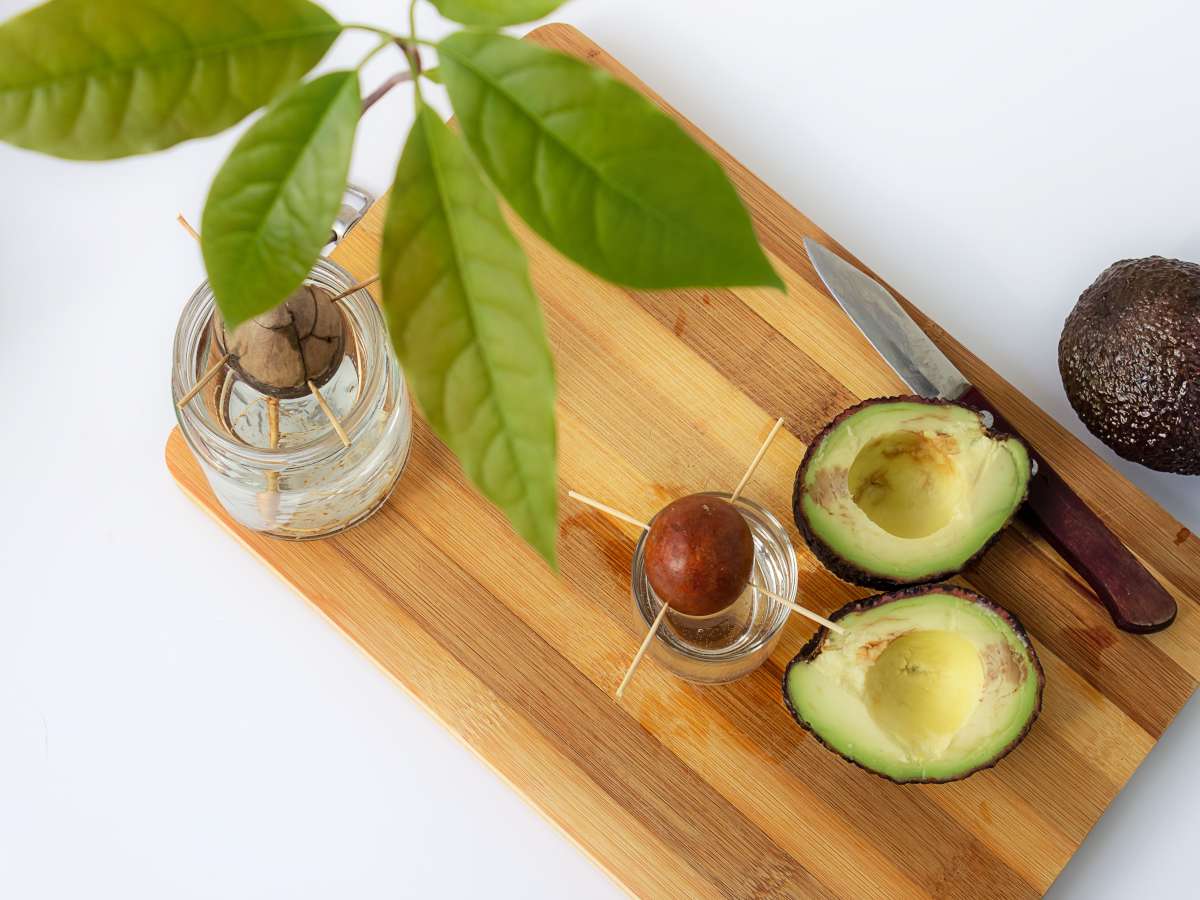
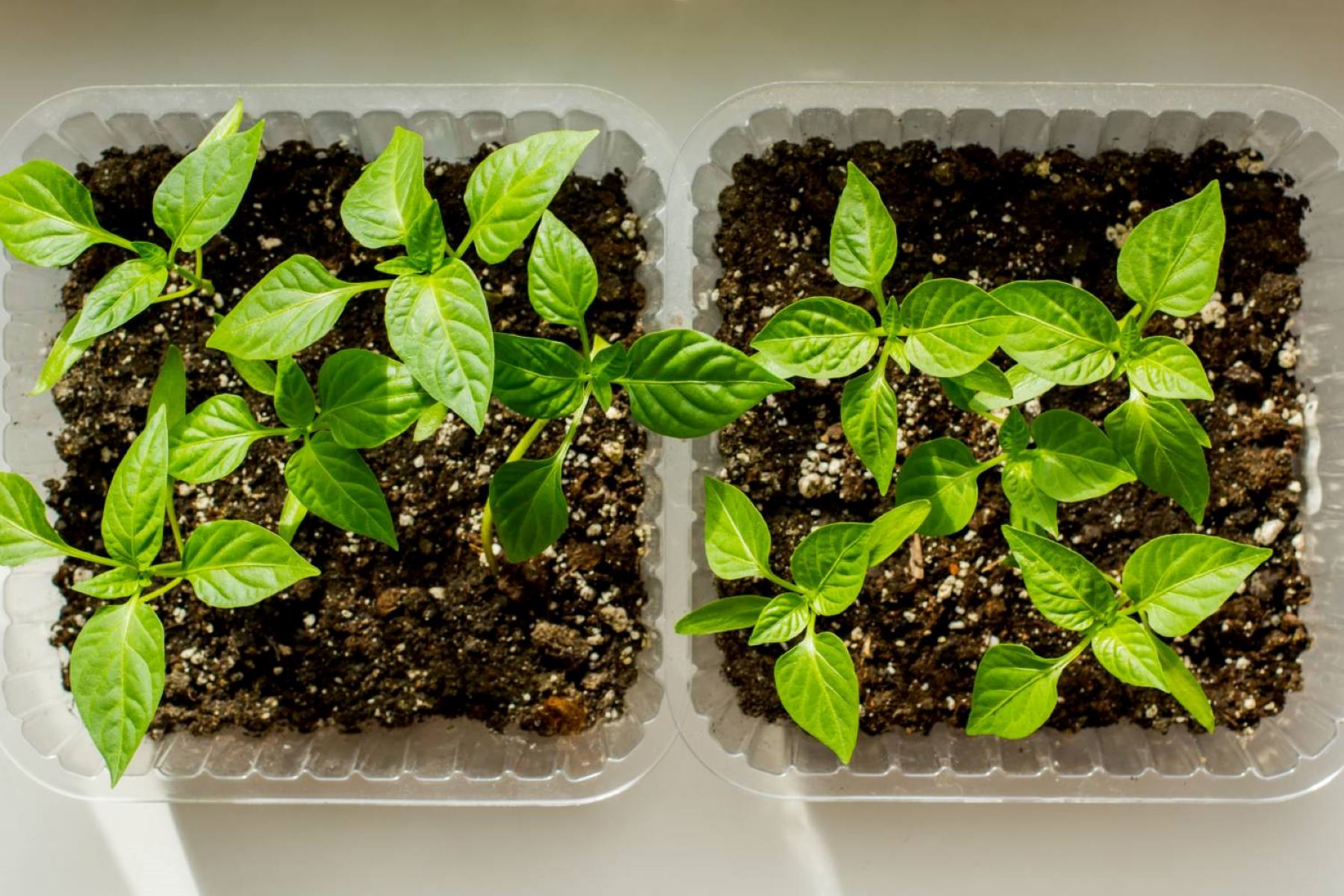
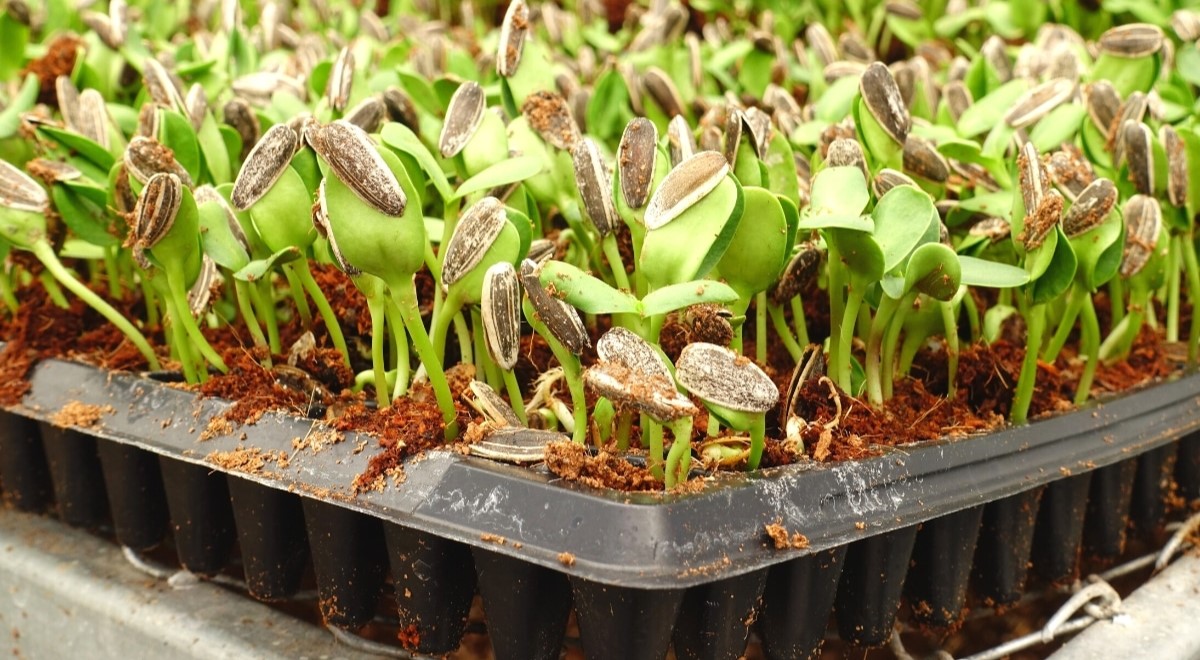
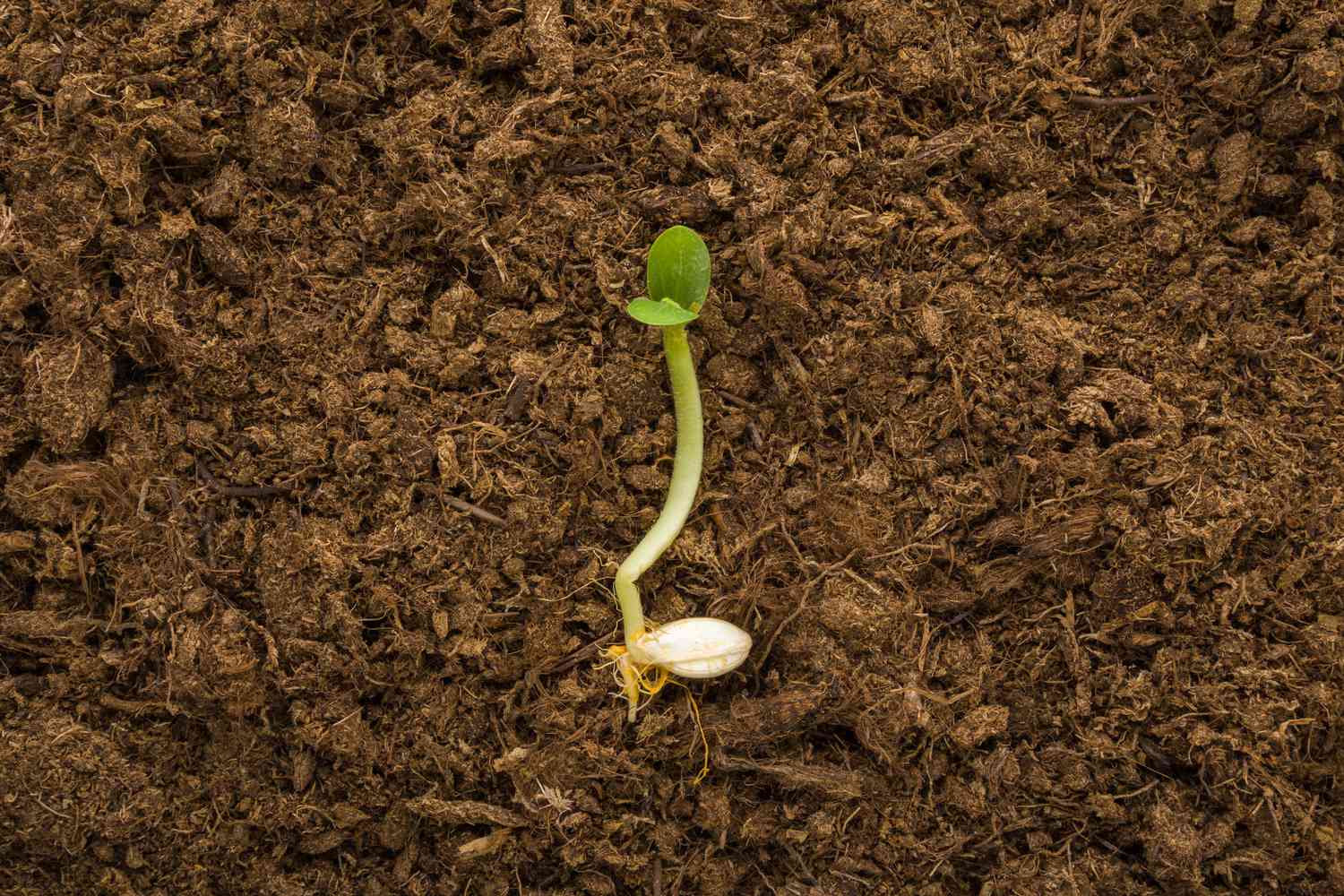
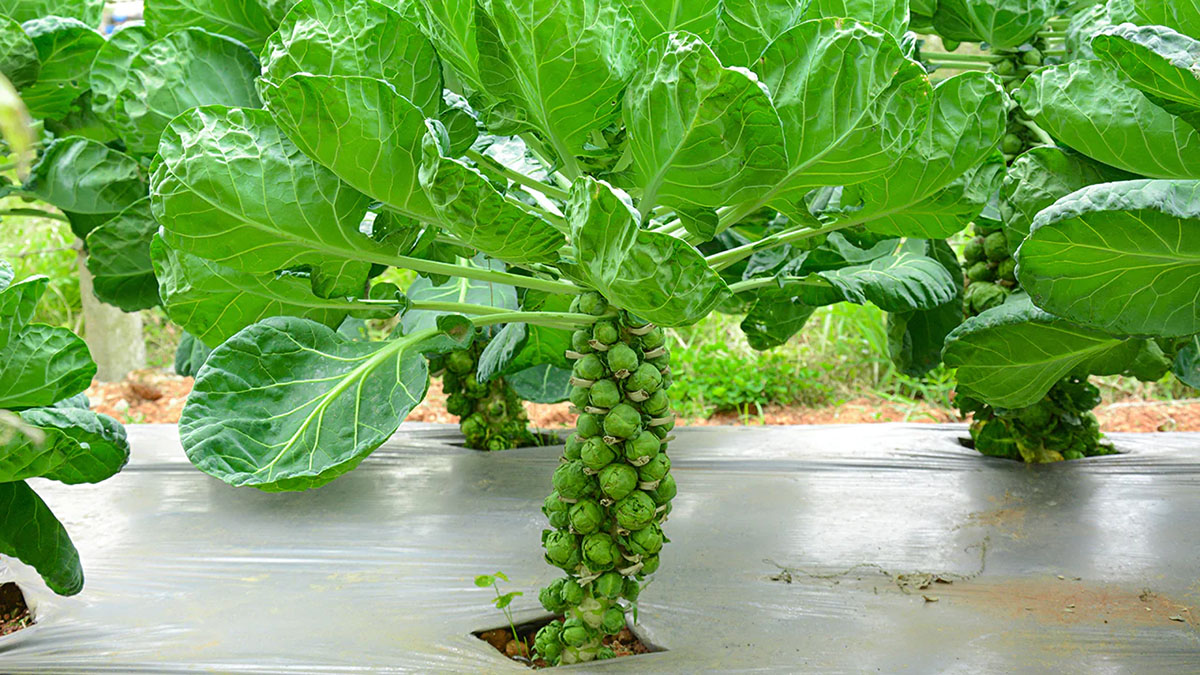
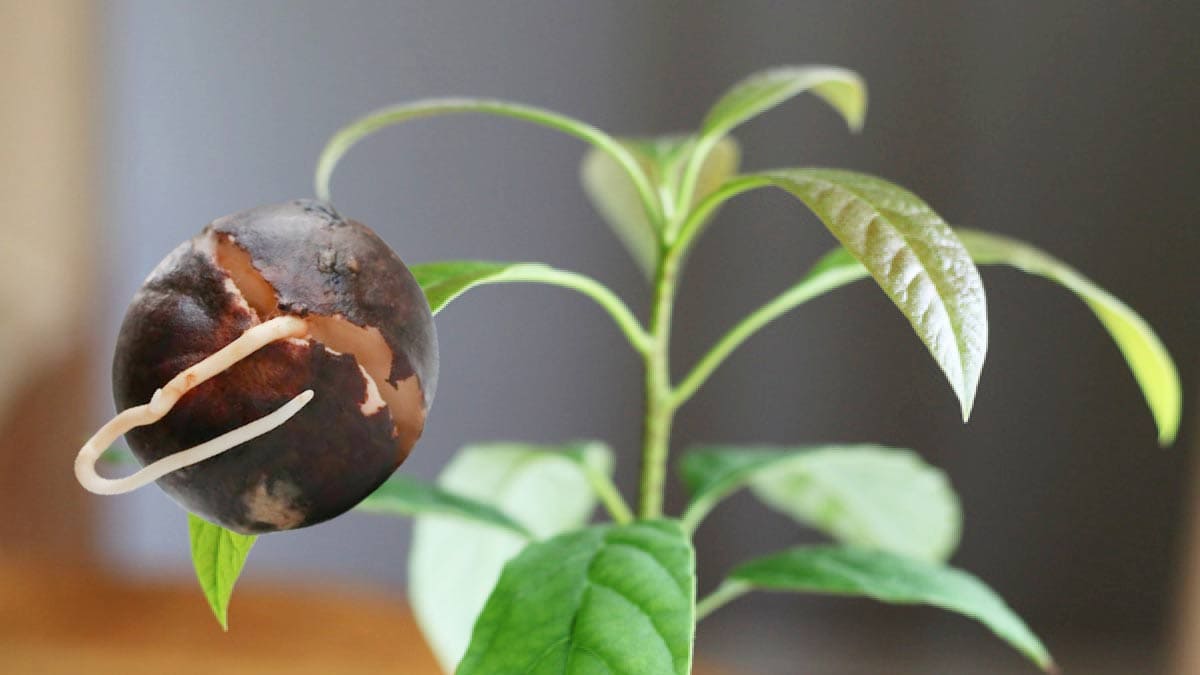
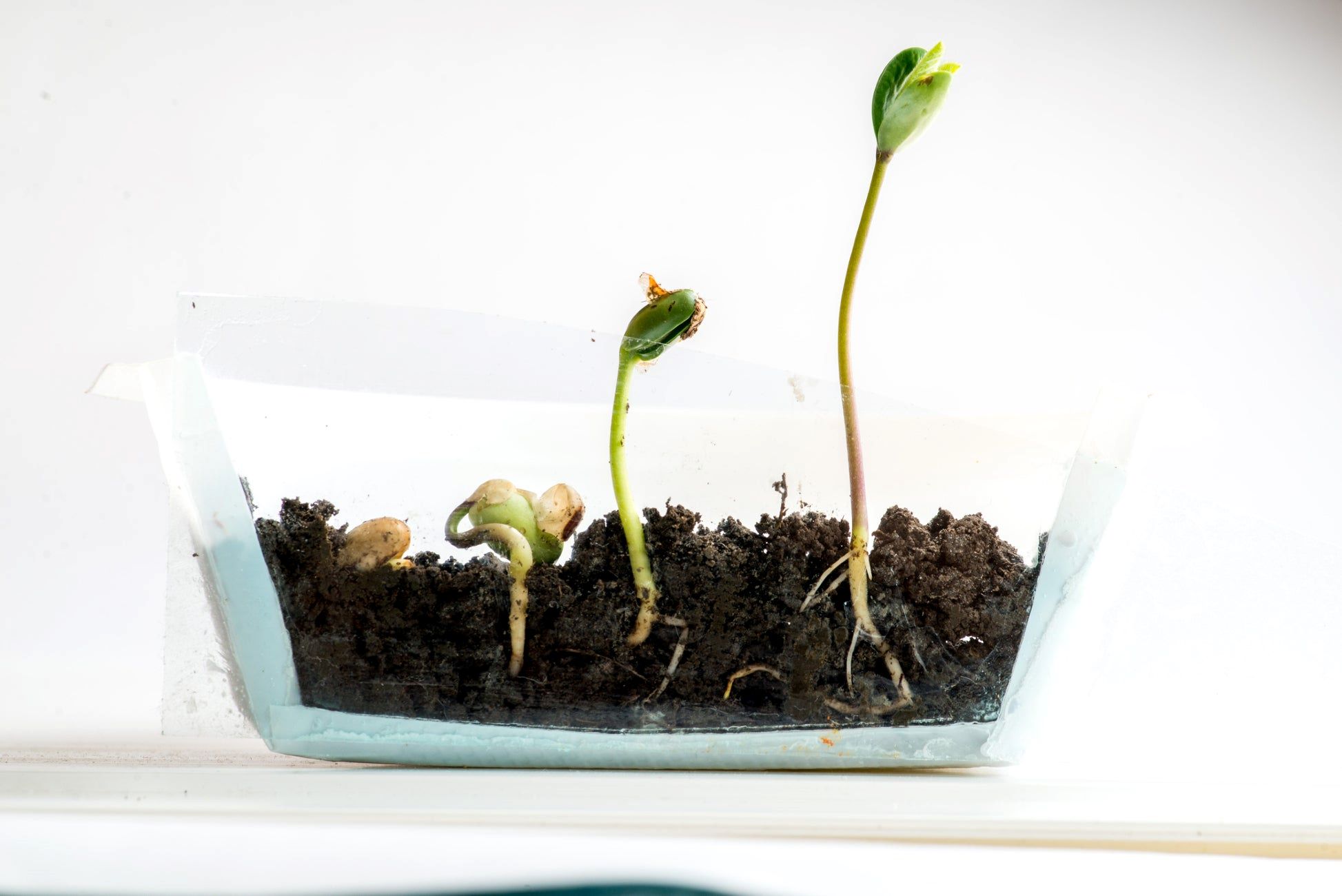
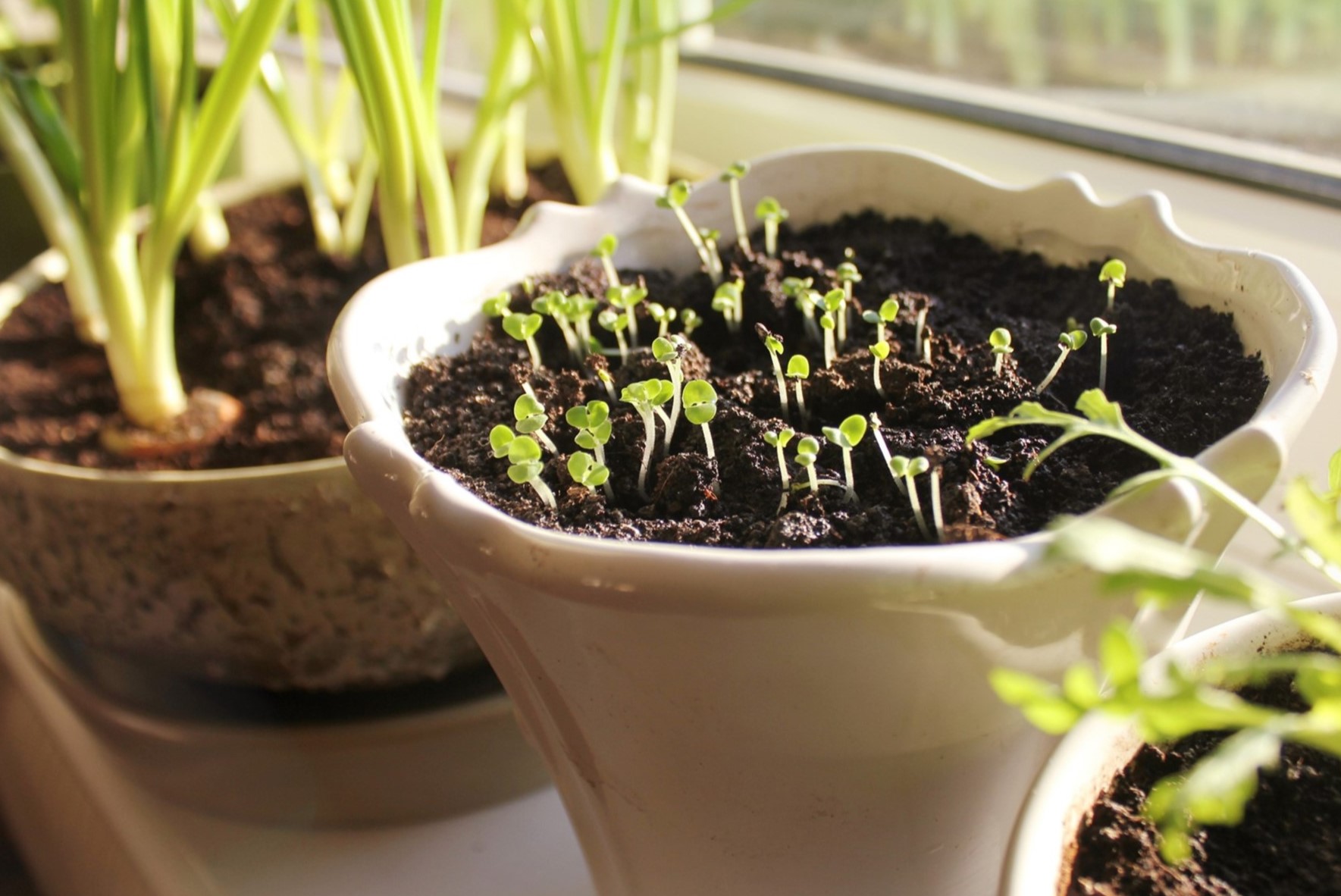

0 thoughts on “How Long Does It Take For Persimmon Seeds To Sprout”